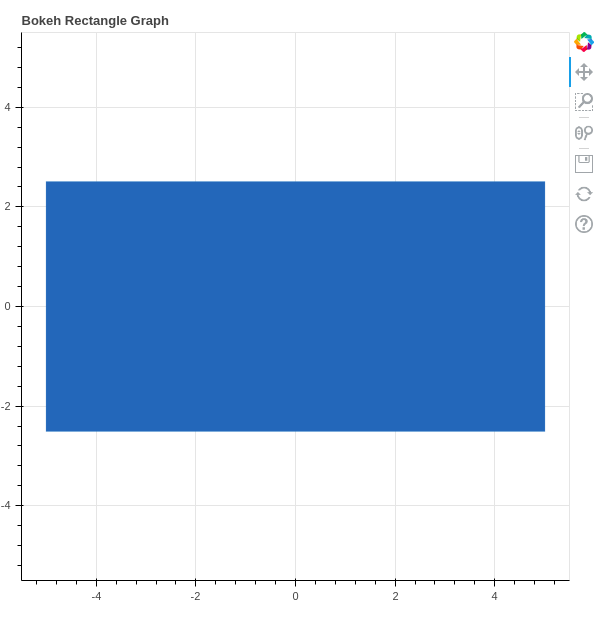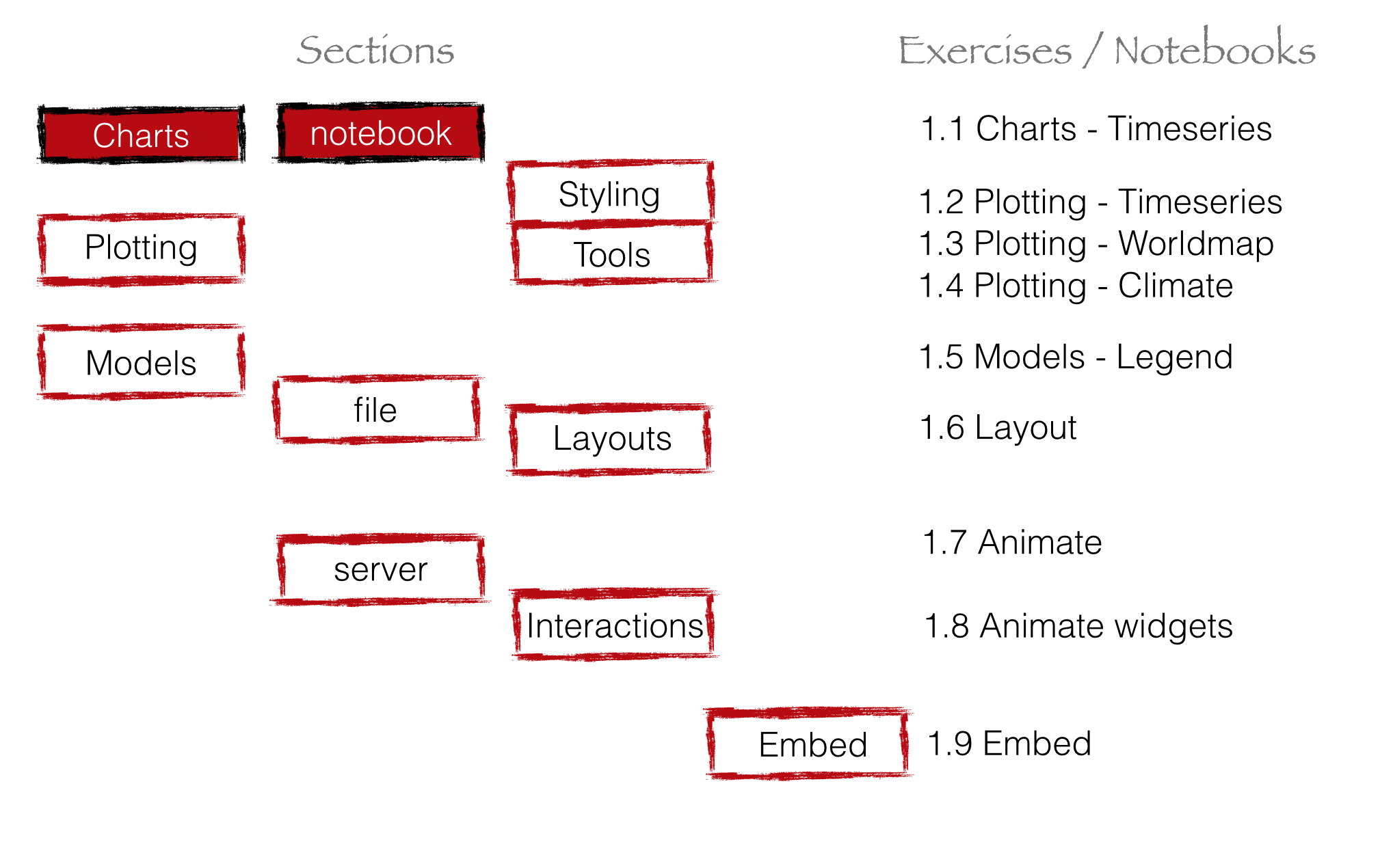
Though low-level, generating plot you might like to construct is fairly straightforward. We decided to do our plotting using Bokeh, a low-level plotting library first for a few reasons. Our debate in building this course was about whether to start with higher-level plotting or lower-level. The layered approach requires proficiency in using the low-level and In a layered approach, in which the higher level libraries give you access to the lower level customizations, you can get to any graphic, and can do so quickly. Using a high level library, you can rapidly get to many, if not most, of the graphics you like in very few steps. Using a low-level plotting library, you can get to any graphic you like, but it takes many steps to do so.

The developers of HoloViz made a nice graphic for this concept.Ĭopyright HoloViz authors, downloaded from here. Because of this streamlining, though, they are often more difficult to customize. Higher-level plotting libraries aim to make it easier to move directly from a data frame.
#Github python bokeh code#
Lower-level plotting libraries typically are more customizable, but require more boilerplate code to get your data plotted and are therefore more cumbersome. The plotting libraries then vary in their level of abstraction from the data set. Plotting libraries in Python usually take care of the rendering part for you, either rendering the plot as SVG, PDF, PNG, or other formats, including interactive ones that use JavaScript and HTML Canvas that can be viewed in a browser. (I have actually done this before, writing a C program that hand-generated SVG, and it was paaaaainful.) That would be a very low-level way of generating a plot.

One way you could build a plot is to hand-generate an SVG file that is a set of specifications for lines and circles and text and whatnot that comprises a plot. You can imagine that there are many many steps to building that. Now, say we want to make a plot of some data. Steps take place, but because we use Pandas’s high-level functionality, those details are invisible to us, and glad we are of that. We can loop over the rows in the data frame with a for loop, check to see what the value of the insomnia column is with an if statement, put the value in the percent correct field into an appropriate array based on whether or not the subject suffers from insomnia, and then, given those arrays, sort them and pull out the middle value. There are elementary tasks that go into it if we were to code it up without using Pandas’s delicious functionality. We computed the median percent correct for those with and without insomnia. High-level and low-level plotting packages Īs a demonstration of what I mean by high-level and low-level plotting packages, let us first think about one of our tasks we did with Pandas with the facial matching data set. Plotting libraries, so we will use JavaScript-based plotting (as I do in my own work). Interactivity and portability (accomplished by rendering in browsers) are key features of modern Packages that use JavaScript for rendering are particularly well suited for interactivity in browsers. We will not discuss packages based on OpenGL. The landscape is divided into three main pods based on the low-level renderer of the graphics, JavaScript, Matplotlib, and OpenGL (though Matplotlib is higher-level than JavaScript and OpenGL). (It is three years old and definitely not complete, notably missing Panel, for example.) That landscape is depicted below, taken from this visualization of it by Nicolas

In a talk at P圜on in 2017, Jake VanderPlas, who is one of the authors of one of them ( Altair), gave an overview of the Python visualization landscape. Let us start by looking at some of the many plotting packages available in Python.
#Github python bokeh how to#
Now is the time in when we learn how to take data set and plot them.

But I argue that what we want out of them most of the time is plots. We’ve learned how to use Pandas to handle the data sets and get what we want out of them. We have a couple nice data sets from the last few lessons, the data from the tongue strikes of frogs and facial matching data from people with sleep deprivation. Wrangling, EDA III, and Normal approximations Best Practices when using the Resnick High Performance Computing Center and other related topics Implementation of MLE for variate-covariate models Nonparametric inference with hacker stats Plug-in estimates and confidence intervals Bokeh’s grammar and our first plot with Bokeh.High-level and low-level plotting packages.Preparing computing resources for the course


 0 kommentar(er)
0 kommentar(er)
